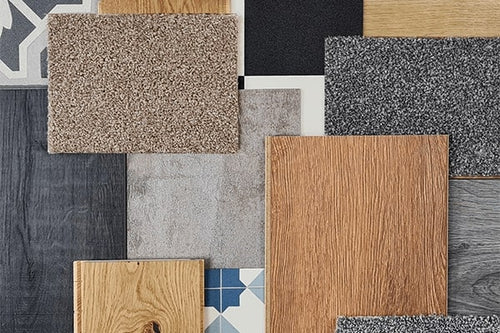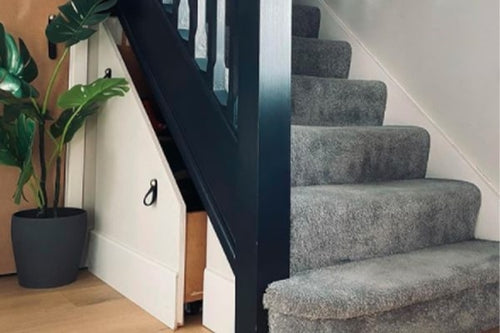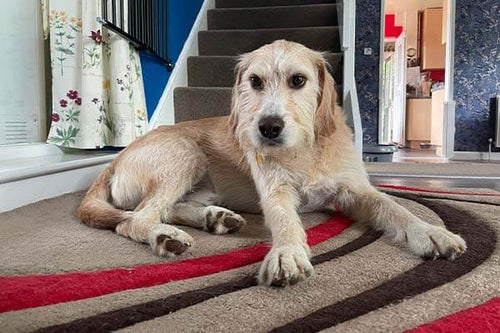Oftentimes it can be the little updates to a room that transform it from looking kind of drab to bright and inviting. Painting your skirting boards can be just one of those little changes, but the question arises, what do you do when you have perfectly good carpet already laid? How do you paint skirting boards with carpets already in place? There are a couple of ways you can go about this, some easier than others, and we'll provide you with a step-by-step guide for the most common method.


Prepare your skirting boards
Preparation is key when attempting any kind of DIY, and this is exactly the same when you want to paint your skirting boards. Ensure you have a suitable paintbrush to hand, a 2-inch (5cm) brush is perfect for standard sized skirting boards, but if you have particularly large boards you can move up to a 4-inch (10cm) brush. For any detailed skirting, a curved brush is useful as it helps you get between any grooves or curves in the design. You will also want masking tape to hand to ensure neat lines, as well as your chosen paint.
You will need to prepare your skirting boards for painting to provide a professional finish. As such it's always advisable to sand down your skirting boards before application, this includes taking off the old layer of paint. Using sandpaper, rub down along the grain of the wood, this is usually horizontally, to keep the skirting looking clean. You can then fill in any holes or cracks with filler, and once dried sand down until smooth. Neither of these steps are necessary, but to achieve the best finish it is advisable.
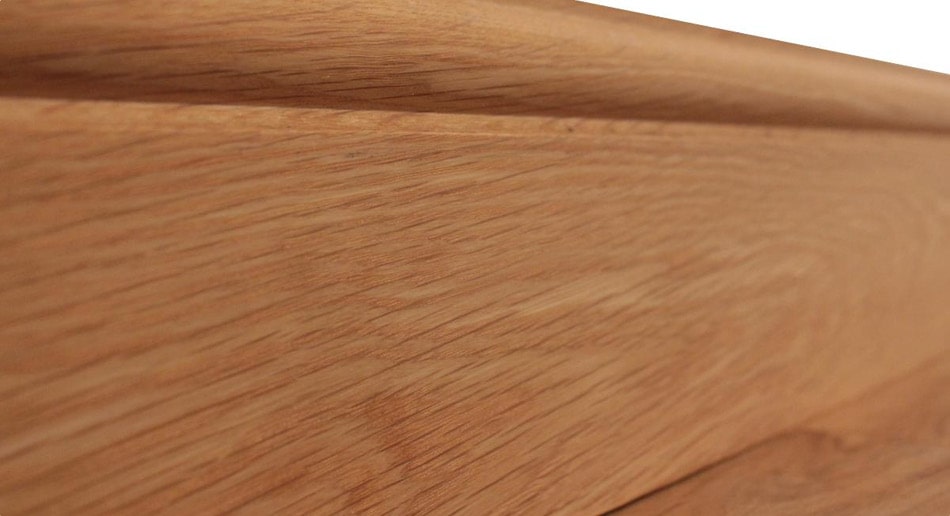
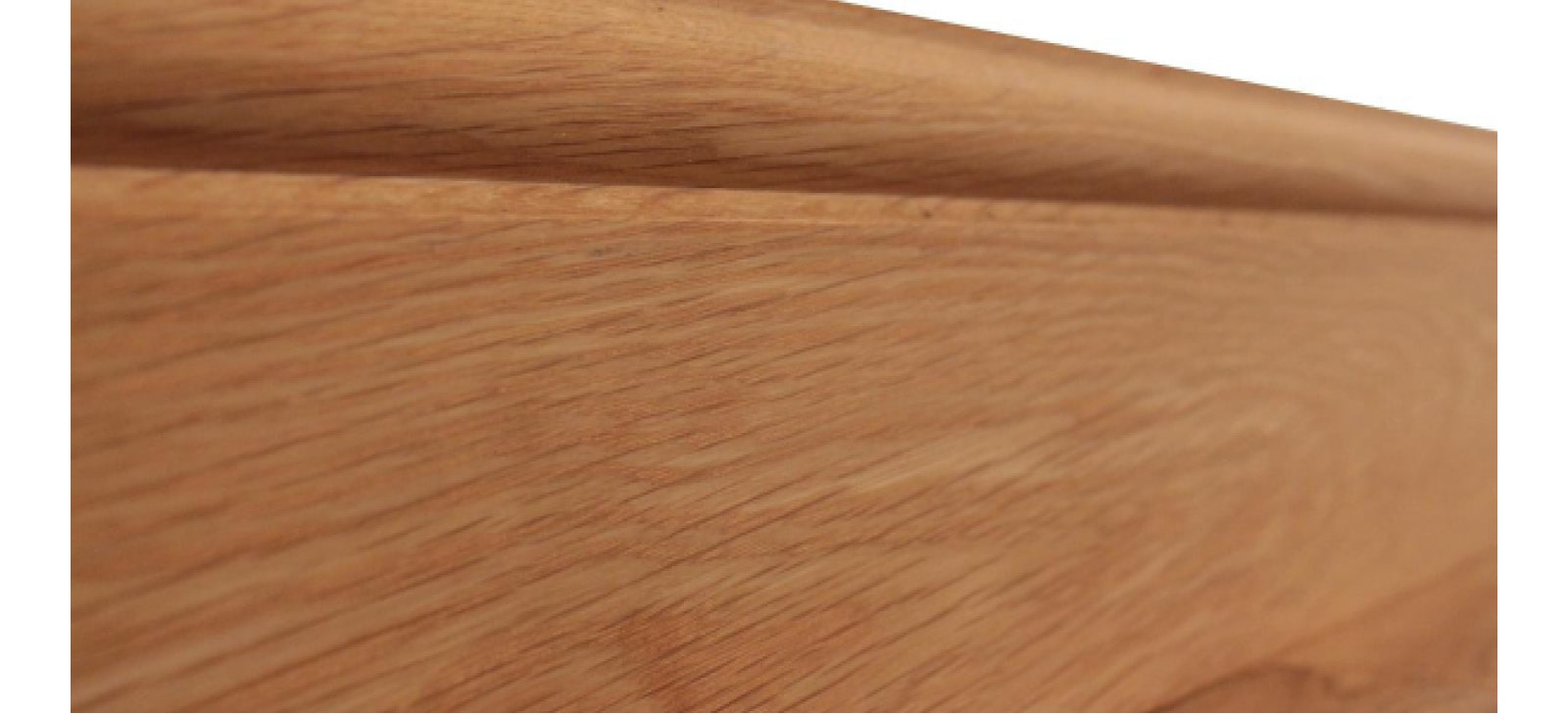
Once sanded, clean and vacuum your skirting boards to rid them of any errant dust or debris that could affect the final look. Once cleaned the next step is to apply a primer coat. Again, this isn't necessary, but will help keep the look smooth and professional. When applying, paint in the direction of the grain as this will minimise paint building and provide an even finish.
The final part of preparation is how you prepare your carpet for painting, and here there are a couple of ways. The easiest way, and this depends on whether you're having a complete room refresh, is simply painting the skirting boards before the carpets are laid. This same method cannot be used for hard floors such as real wood, vinyl, or laminate, as you will be installing skirting boards to hide necessary expansion gaps in this scenario and will need to check enough of a gap is being left before fitting the skirting.
Ways to protect your carpet
If you aren't installing a new carpet, and simply want a quick refresh, then there are two other methods you can use. Firstly, you can lift the edges of the carpets close to where the skirting boards are found and folding them back from the edge, this is a sure-fire way to ensure no paint is left on your carpet, but this can be fiddly and is inadvisable if you're not comfortable with refitting the edges of your carpet once finished. The easiest way to protect your carpets, without pulling everything up, is simply with masking tape. Vacuum your carpet before applying the masking tape to remove any dust or debris first and then place low tack, wide set masking tape around the edge of the carpet, with enough overlapping the skirting, this will allow you to push the excess tape underneath the skirting and protect the carpet further. Alternatively, you can do the same with a dust sheet if you have one to hand. If you have managed to get paint on your carpets, check out our post on how to get common stains out of your carpet.
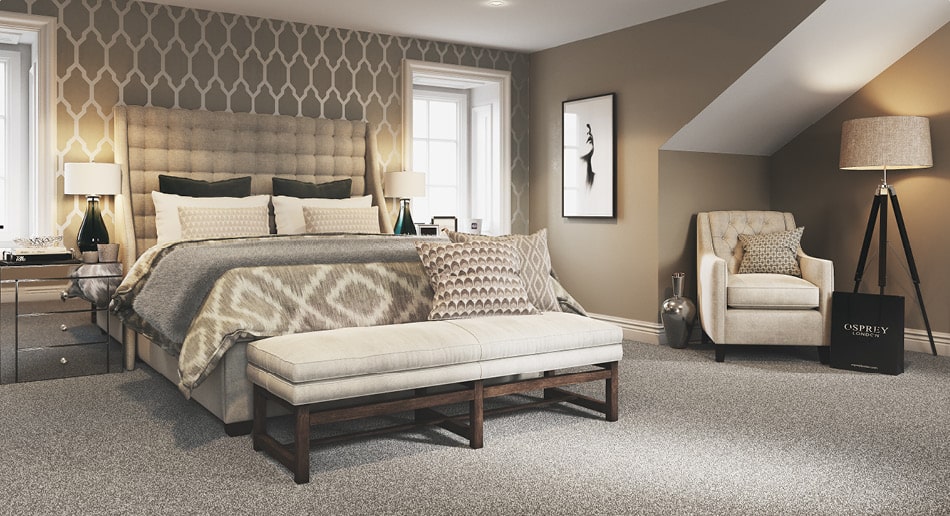
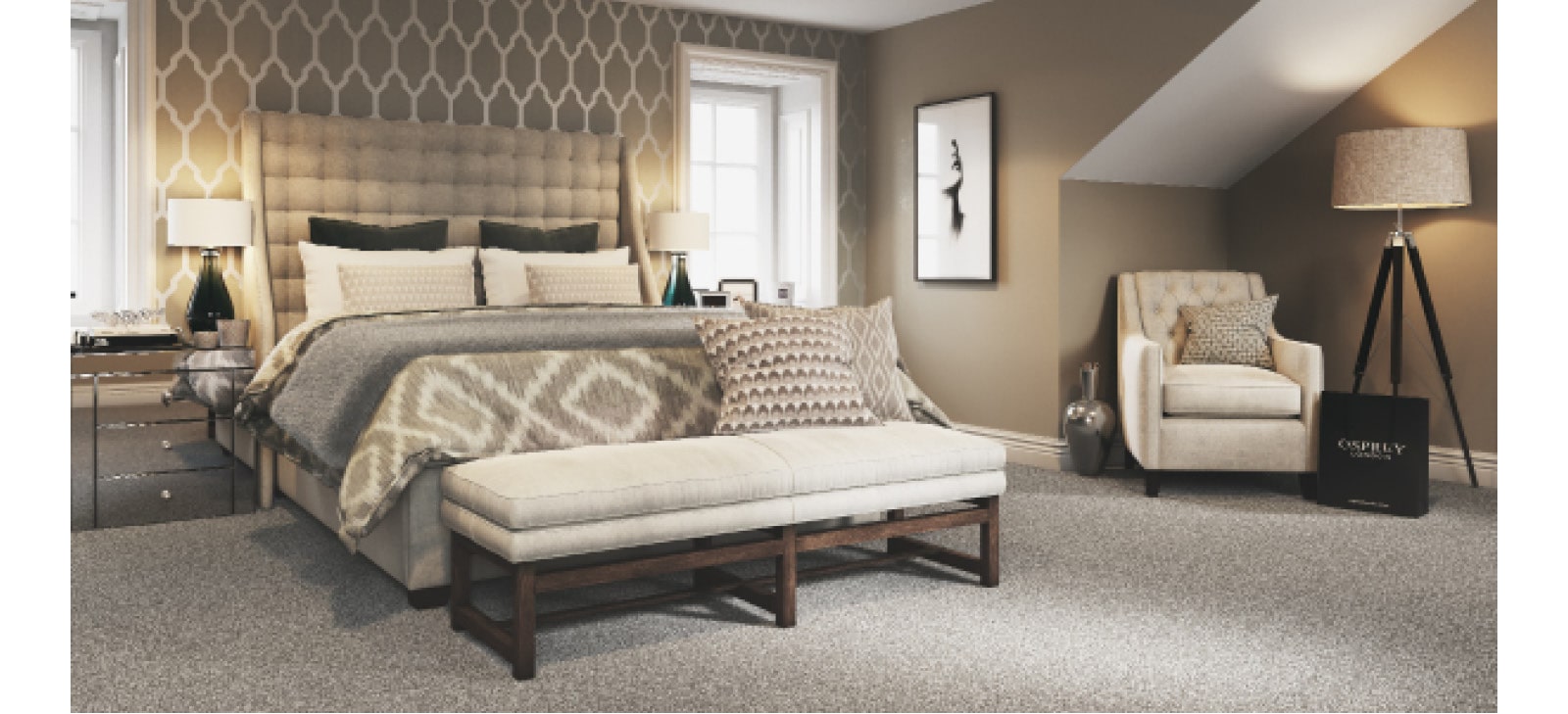
What paint do you use on skirting boards?
The final question that you can ask yourself is what paint do you use for skirting boards? Eggshell, satin or gloss paint is usually the go to, but emulsion is also a possibility. If you do choose to use emulsion then proper preparation is necessary, this includes sanding down the surface and removing the old paint layer, this provides the emulsion with a good surface to adhere to. For colours, white is the most popular option for a clean finish. You could also choose a grey colour for a neutral finish, or a darker colour to provide more character, but this can also make the room feel smaller. High gloss finishes on skirting boards will provide more light reflections, whereas a matte finish can oftentimes be dull and light absorbing. High gloss finishes add depth to a room and are easier to clean. It's important to find a colour that helps compliment your carpet, as this can make or break a room's design.

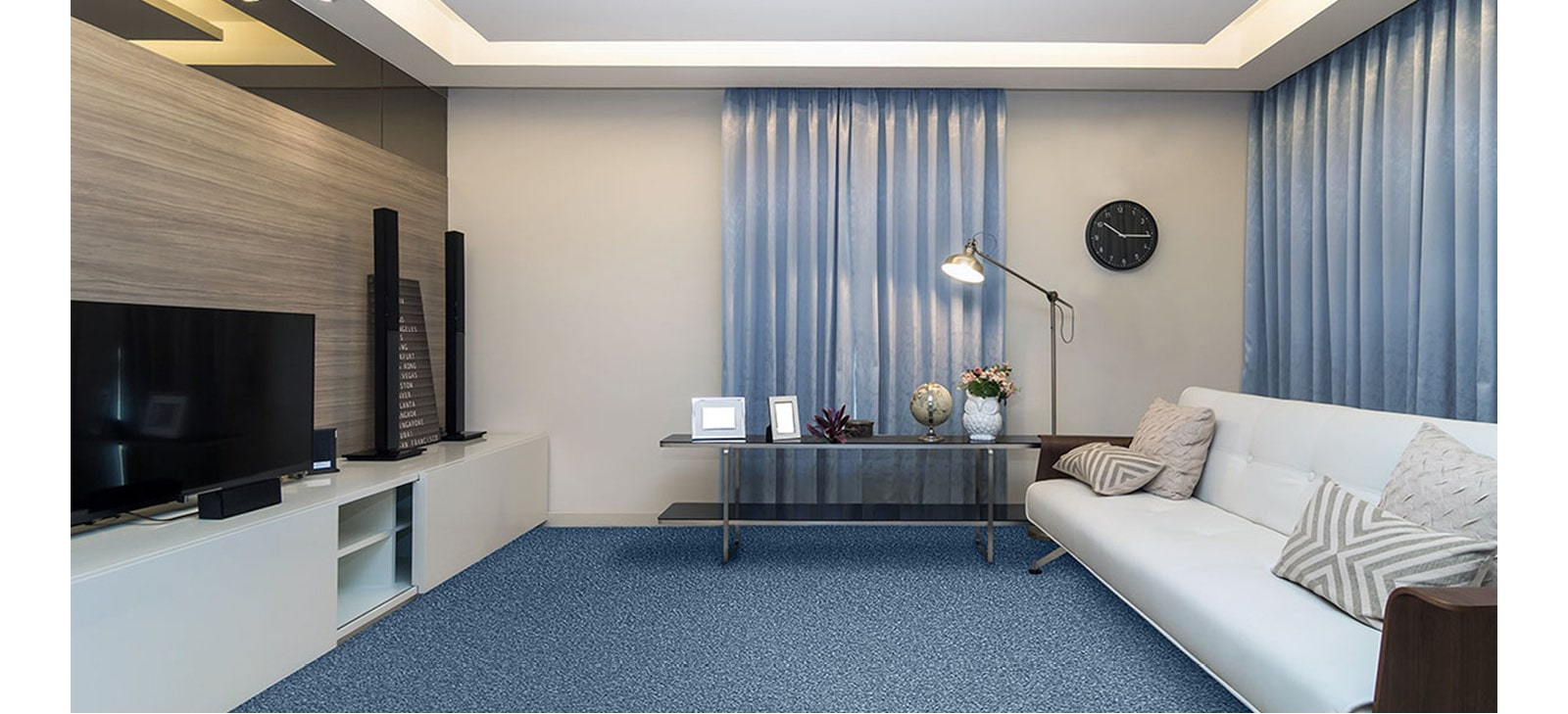
Do you paint skirting boards before walls?
To achieve the perfect, professional look, always paint a room from top to bottom, this means painting a ceiling first before moving to the walls and then skirting boards last. This is to ensure no paint drops down onto an already freshly painted surface, so don't paint your skirting boards before your walls. When painting your skirting, it is also advisable to place a neat line of low tack masking tape around the edge where the skirting meets the wall, this will provide you with greater peace of mind that you won't ruin your freshly coated walls. You can even use the masking tape as a guide, holding the tape tight to the skirting board as you put it in place.
Once you've finished painting, keep your masking tape in place until everything has dried to ensure no errant drips accidently find their way onto your carpet. Also, make sure you clean any paint brushes straight away so paint doesn't dry and ruin them before you can use them again.
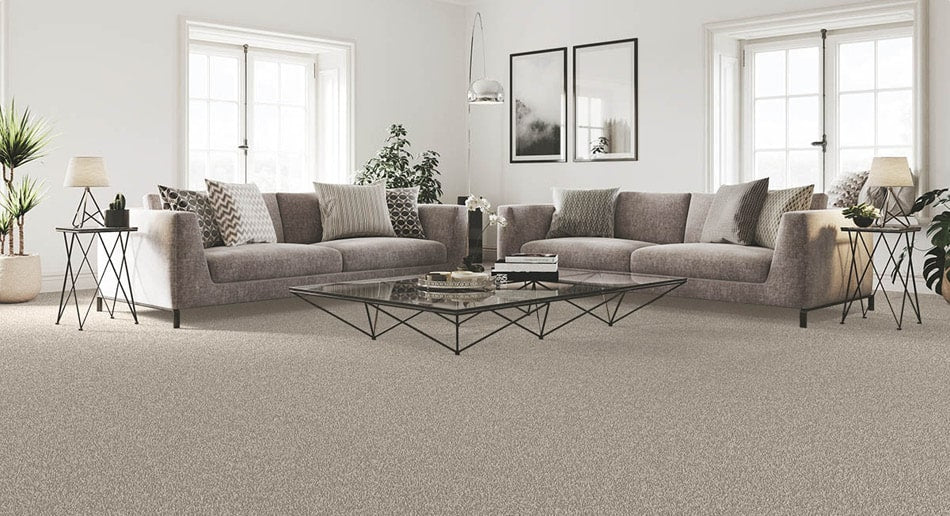

How to paint skirting boards - a step by step guide
A step-by-step guide on how to paint skirting boards with carpets using masking tape:
- Gather your necessary tools including a vacuum cleaner, sandpaper, filler (if needed) primer, paint, paintbrush, and masking tape.
- Sand down your skirting board with a piece of sandpaper along the grain of the skirting board (using horizontally).
- Fill in any dents or cracks and allow it to dry, once filled sand it down to be smooth to the rest of the skirting board.
- Vacuum your carpet and your skirting board to remove any dust and debris.
- Clean your skirting board with a weak soap solution and wait for it to dry thoroughly before moving onto the next step.
- Applying low tack, wide set masking tape along the edge the carpet overhanging the skirting board slightly.
- Tuck the excess masking tape under the skirting board to help protect the carpet.
- Apply low tack, masking tape around the edge where the skirting board meets the wall - use the tape roll as a guide, holding the tape tight to the skirting.
- Without overloading the brush, apply primer along the skirting board, painting in the direction of the wood grain. Starting at the door, paint the top half of the skirting board, then repeat the step for the bottom half. Let it dry thoroughly before moving onto the next step.
- Paint your skirting board in the same direction as you sanded to provide a professional finish, following the same direction as the primer. Allow your paint to dry completely and apply a second coat if needed.
- You may need to leave your skirting boards for a few hours to dry off completely and ensure clean and crisp lines continue around the whole room.
- Once you've finished and the paint has dried thoroughly, carefully peel off the tape from both the carpet and the walls.
Whether it's for the bedroom, living room or hallway, if you follow these simple instructions, you'll become a DIY champion in no time. Take out the fear of ruining your carpet and get your room refresh sorted. For any other advice on revitalising your home, check out the other articles on our Advice Centre. If instead you still need to decide on what colour your next project will be, check out our Inspiration Centre.
